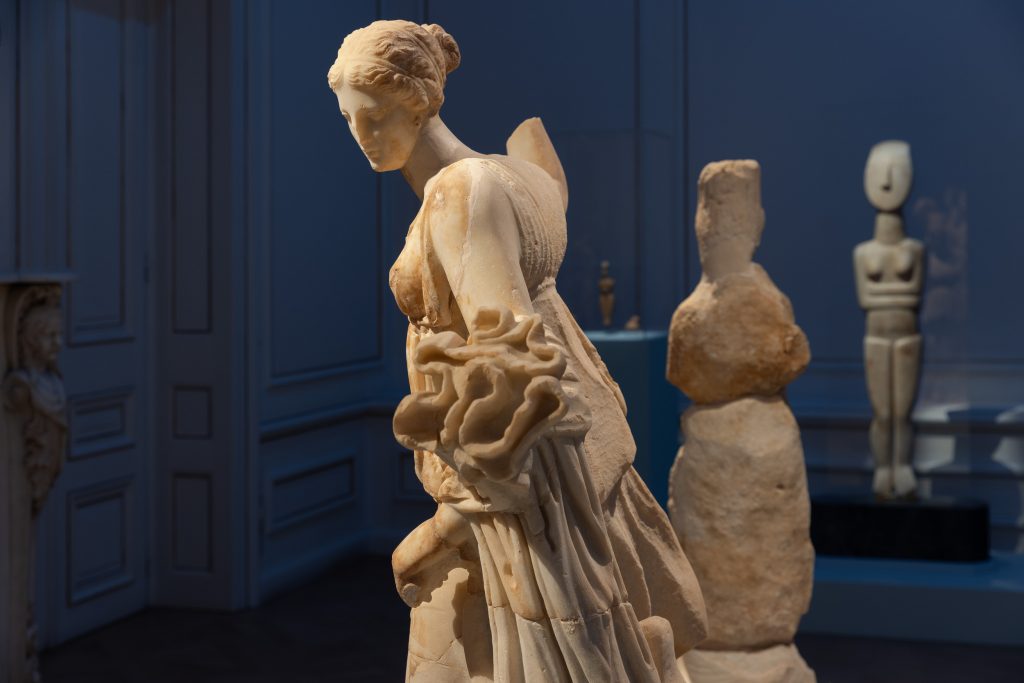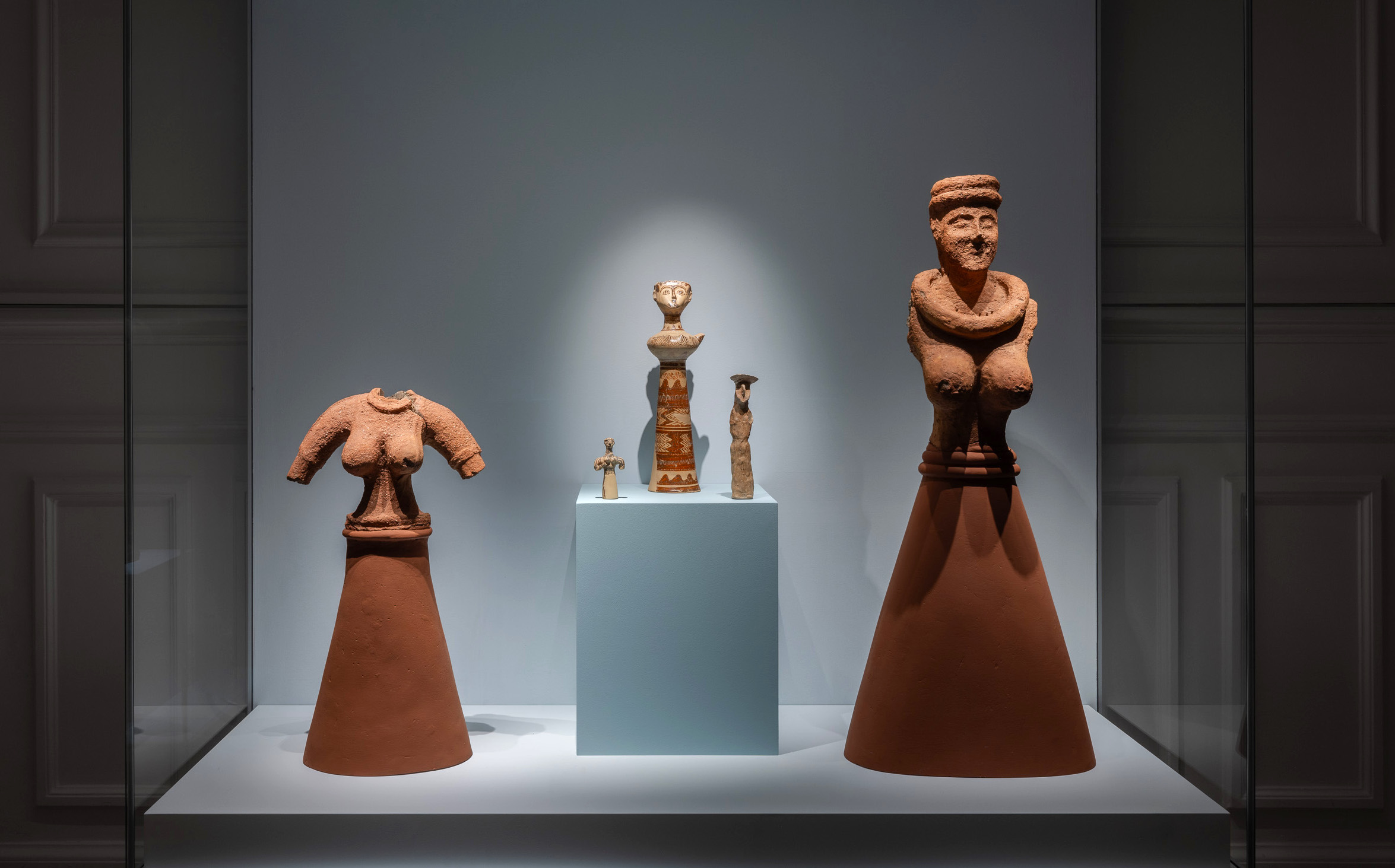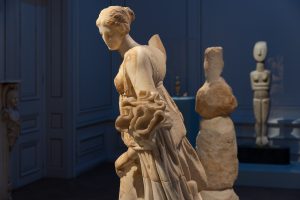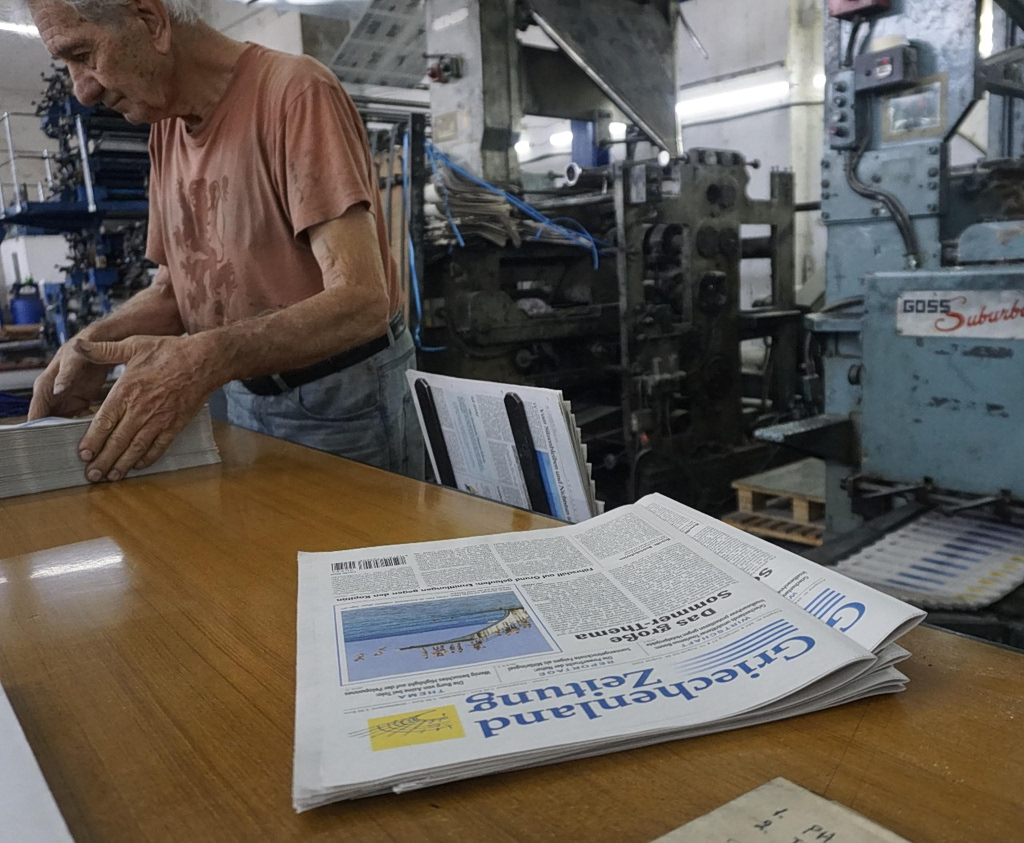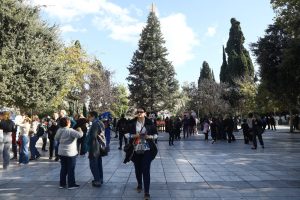At a time when women worldwide still need to fight for equal rights and respect, comes a one-of-a-kind exhibition which brings to the fore the voices of those females who came thousands of years before us.
As always, art speaks volumes about the past, present and future, and that’s exactly what the “Kykladitisses: Untold Stories of Women in the Cyclades” show at the Museum of Cycladic Art sets out to do.
The exhibition, which opened earlier this month, is the first of its kind, bringing together works of art from nearly all of the Cyclades islands. The items on display highlight the roles of women from antiquity to the 19th century and invite visitors to reflect on their message.
For the first time ever, the voices of women who lived, laughed, loved, cried and died on the Cyclades islands can be heard in the galleries of the Museum of Cycladic Art.
To Vima International Edition had the chance to preview this captivating exhibition earlier this month.
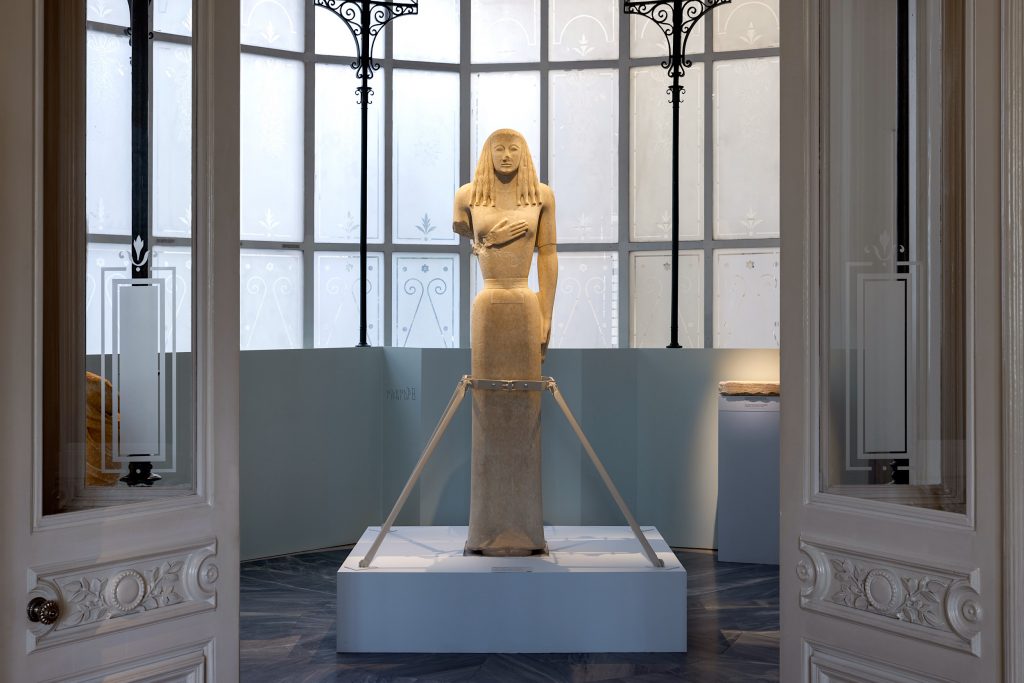
Paris Tavitian © Museum of Cycladic Art
Untold Stories of Women in the Cyclades
“Many of these unique works have never traveled beyond the Cyclades, the Museum of Cycladic Art, or been displayed publicly before,” said Sandra Marinopoulou, President and CEO of the Museum of Cycladic Art, during a press conference in Athens earlier this month.
Marinopoulou explained that the show required lots of coordination. Archaeological museums on the islands themselves, libraries, and archives all sent their priceless art works to Athens to help create the compelling narrative which the show’s curators hope will not only shed light on the role of women in the Cyclades centuries ago, but also teach us a lesson or two.
This splendid exhibition was curated by three experts: archaeologist Demetris Athanasoulis, director of the Cyclades Ephorate of Antiquities, and the scientific directors of the Museum of Cycladic Art, Panagiotis Iossif and Ioannis Fappas.
During the press conference, the three men shared their experiences and expressed admiration for the resilience of these women, whose struggles for visibility often remained silent. They also underlined the importance of the exhibition, which they said combines historical, archaeological, and anthropological insights to piece together the puzzle of women as islanders and their roles across the centuries.
Stories with a Name
Isis, Parthenika, Alini, Hermione, Efmorfia, Athena, Artemis, Theoktisti are just some of the names of the women that live on through time and art.
“The women in this exhibition are the protagonists, both in the private and public spheres: in the family, religion, economy, and politics,” said Greek Culture Minister Lina Mendoni.
Mendoni highlighted the contrast between the women’s often restricted lives and their dynamic presence, which she said “reflects the resilience, adaptability and ability of Cycladic women to redefine their identity and role based on the conditions of each era.”
Women working in the fields, managing households, bearing children; women as symbols of beauty and eroticism; women abused and tortured by men; freedom fighters, mothers, traders, witches, goddesses, teachers and guardians of life all present in the “Kykladitisses” exhibition.
The earliest narratives featured date back to the Cycladic culture, which flourished in the Bronze Age (c. 3100–1000 BC) on Greece’s Cycladic islands. The items on display are from Delos, Paros, Thira, Ios, Serifos, Amorgos, Andros, Kythnos, Mykonos, Naxos, Sifnos, Tinos, Kea, Milos, Syros, Folegandros, and Sikinos.
These women, explained Mendoni, are not only carriers of Cycladic culture but an integral part of world heritage.
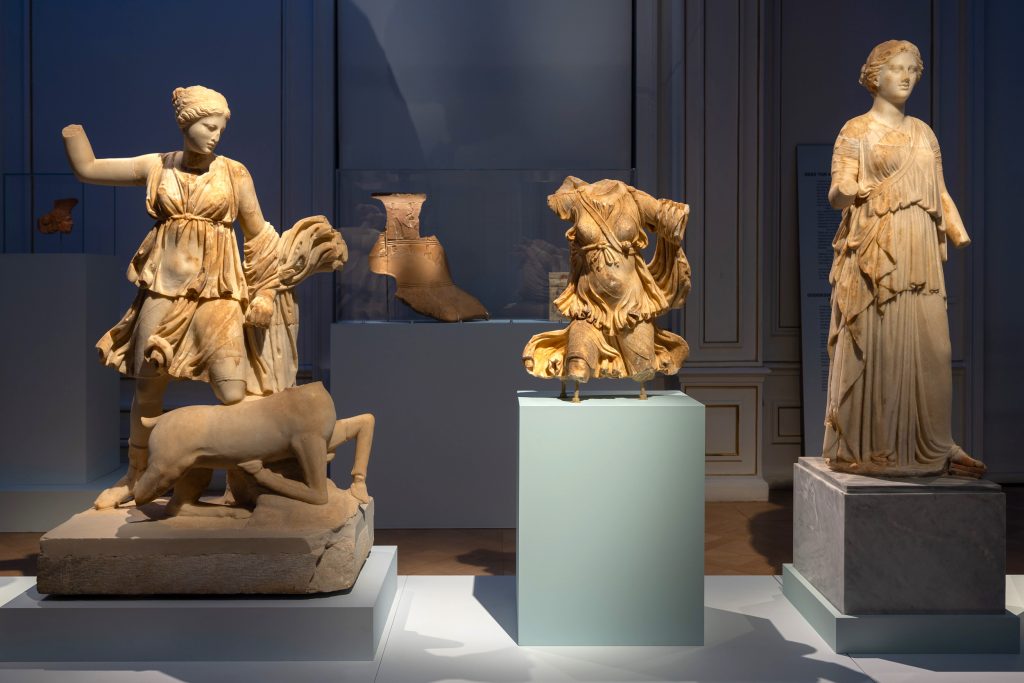
Paris Tavitian © Museum of Cycladic Art
More Relevant Than Ever
The exhibition feels remarkably timely and more relevant than ever, touching on enduring issues of equality, independence, and respect.
The Stathatos Mansion, which houses the collection, is in itself a work of art. As you move from hall to hall, the Kykladitisses’ stories come to life, and in moments of silence, you can almost hear their voices, needs, desires, and struggles echoing through time.
The curators meticulously pieced together this “grand puzzle,” enhancing it with historical context and placing the artifacts in ways that allow visitors to fully grasp their significance. They also masterfully link the toils of ancient women with those who lived centuries later.
The exhibition focuses on 12 themes, including gender identity, the origins of the world, goddesses and their sanctuaries, birth, faith, eroticism, violence, and death.
A Shared Initiative
The “Kykladitisses” exhibition, a joint initiative of the Greek Culture Ministry and the Museum of Cycladic Art, is part of a broader partnership established under a Memorandum of Understanding (MoU) signed last May by Minister Mendoni and Marinopoulou.
This partnership aims to advance the study and global promotion of Cycladic culture through initiatives such as research programs, conferences, workshops, scientific publications, and digital applications. A key focus includes the creation of the first corpus of marble figurines and vessels from the Early Cycladic period housed in museums and private collections worldwide.
“The ‘Kykladitisses’ show is a historic inter-Cycladic exhibition which brings together for the first time so many masterpieces from the Cyclades,” Marinopoulou said.
After its Athens run, the show will travel to the Archaeological Museum of Thera (Santorini) in June.
Meanwhile, travelers to Greece can also catch a glimpse of the show at Athens International Airport through to May 31st.
* You can visit the “Kykladitisses: Untold Stories of Women in the Cyclades” show at the Museum of Cycladic Art (1 Vas. Sofias and Irodotou sts.) in Athens through to May 4, 2025. Tickets are also available online. Guided group tours every Thursday (6-7pm) and on weekends (1-2pm). The museum will be closed on Christmas Day, Dec. 26, and Jan. 1.
